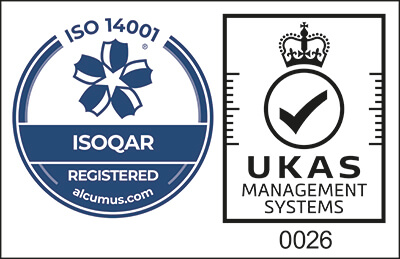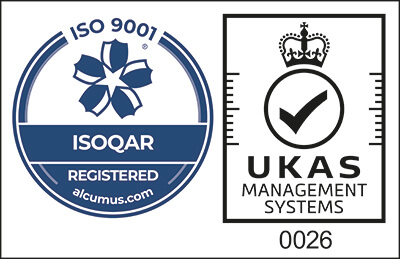
Water tanks experience natural deterioration over years of use, which can progress to the point where it seems obvious to buy a new water tank. But is it worth trying to repair it or is replacing it the more efficient option?
This article discusses the pros and cons of buying a new water tank, helping you evaluate whether it’s actually worth it or whether water tank lining can solve your problems.
What are the Benefits of Buying a new Water Tank?
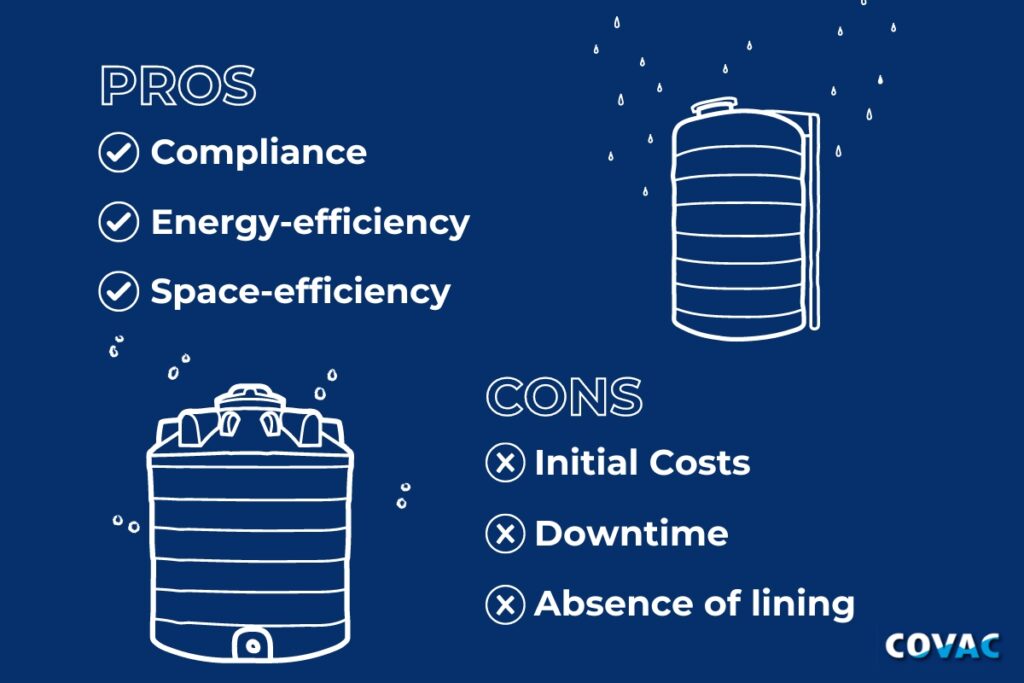
Deciding to purchase a new water tank rather than go to the effort of fixing your old one can be quite costly. However, there is more to this decision than cost. Here are some of the pros of replacing your old tank for a new one.
Compliance
Many water tank replacements are done due to older models no longer being compliant with HSE or WRAS regulations. If your older water tank no longer meets these requirements, you could be putting yourself and visitors of your building at risk.
Buying a new water tank will ensure complete compliance with the latest regulations.
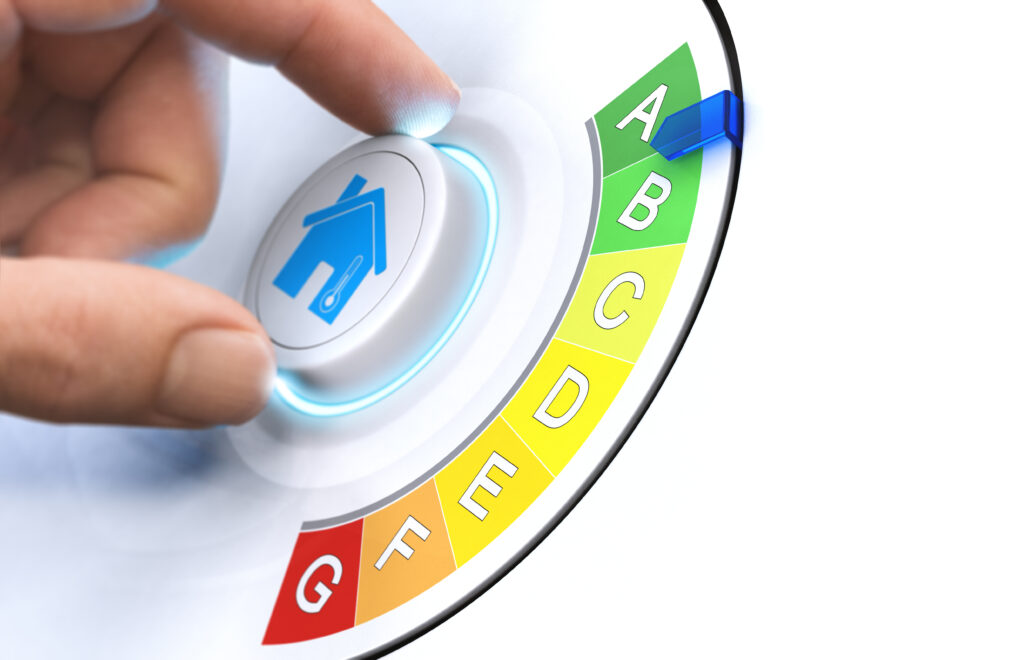
Energy-efficiency
As technology rapidly advances and we discover ways to achieve even more better energy-efficiency. And your old water tank may be more outdated than you realise.
Older machinery of any sort is likely to use more energy than a newer model. So, buying a new water tank system could save you money on operating costs in the long run.
Space-efficiency
Older water tanks tend to be far larger to hold the machinery that powers them. But modern water tanks are far smaller in size and require less room to function, allowing you more space to occupy with the things you need.
What Are the Negatives?
Now that you know the positives of installing a new water tank, let’s have a look at some of the drawbacks.
Initial Cost
Replacing your water tank could cost you upwards of several thousand pounds. High-quality water tanks aren’t cheap so you should be prepared for the initial overhead costs.
Downtime
Should you choose to replace your old water tank with a new one, excavation work may be required. Unless you have a backup source, your building will be without water until the replacement tank is installed.
Absence of lining
Your new water tank will likely arrive without water tank lining installed. Although you may have a warranty for the tank itself, its lifespan may be hindered by the absence of water tank lining. Water tank lining can greatly enhance the durability of your tank.
Why do water tanks deteriorate?
Water tanks, especially those made of galvanised steel, are susceptible to rust and corrosion. This is due to the combination of the constant presence of water, internal temperatures and the growth of bacteria.
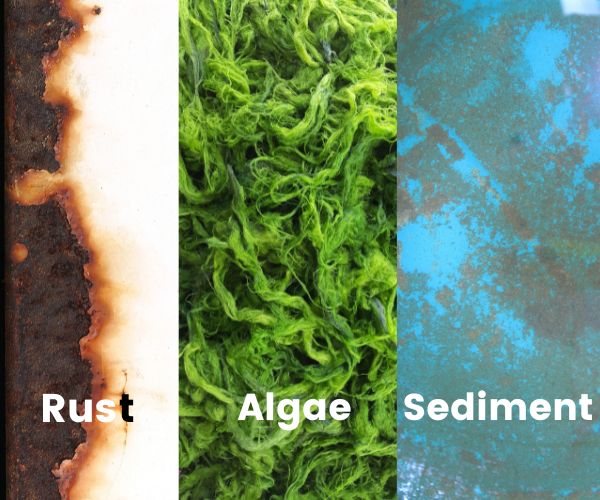
Rust
Rust weakens metal by reducing its overall mass. It also deteriorates concrete by imparting tensile stresses that cause it to expand and crack. The longer rust is allowed to develop, the more irreversible and detrimental the damage is.
Algae
Aside from rust, other elements can affect the condition of your water tank. Another detrimental one is algae.
Algae essentially consume the metal inside your tank, which can cause immense structural damage if left to breed. They are usually introduced to water tanks through organic matter. So it can be difficult to control the ingress of it. But with regular maintenance, eradicating the problem before it takes hold is easy.
Sediment
Sediment often forms in hot water tanks and boilers. This is usually a result of the build up of natural minerals like calcium and magnesium. These settle at the base of the water tank and harden.
Sediment build-up is difficult to detect, but some common indications are fluctuating water temperatures and rising energy bills. As sediment builds up, your tank will be forced to work harder.
If your water tank is constantly overworking, it may eventually completely break or be forever altered in terms of its efficiency. So it’s important to have your water tank regularly inspected by a qualified professional.
Improperly Installed Water Tank Lining
Water tank lining is important for the long-term maintenance of your water tank. It’s recommended to install it in any new water tank as a preventative measure for the problems outlined above. However, if your water tank lining isn’t installed properly, this could cause problems of its own.
Water tank lining is made from a mixture of chemicals that can accelerate the rate of deterioration if not allowed to adhere and dry properly after installation. These chemicals can impact all types of water tanks, encouraging corrosion rather than prevent it.
Why Install Lining Instead of a Replacement?
As you can see buying a new water tank just for the same problems to persist can be a bit costly. So what can you do to prevent this? Refurbishing your existing water tank with water tank lining rather than replacing it can be an option.
Water tank lining creates a barrier between the walls of your tank and the contaminants that naturally occur in the water. Its purpose is to increase the lifespan of your water tank, which it achieves very successfully.
Installing water tank lining after a complete restoration will be far cheaper than replacing your entire tank and get more years of use out of your current one.
There are of course other reasons why we recommend having lining installed as opposed to completely replacing your tank. Here are two of the main ones:
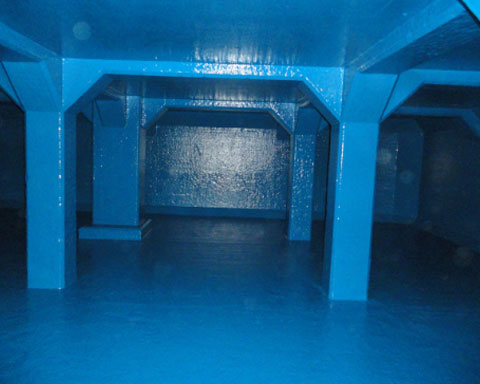
Bacterial control
If your water tank has been experiencing problems due to the build-up of bacteria and mould growth within. The water tank lining will target the problem at the source and control bacterial growth inside your tank.
We use our very own solution, Acothane DW to line all the water tanks we work on. This is a specially designed solution suitable for all types of water tanks that prevents bacteria from growing on the walls of your tanks.
Lessened downtime
The process of installing tank lining takes far less time than a complete replacement would. So if your building is dependent on your water tank for any reason, we guarantee that we’ll have you back up and running quickly.
How can COVAC Help?
Here at COVAC, our team of expertly qualified water tank experts can assist with installing water tank lining and refurbishing your tank quickly, confidently, and for competitive prices. We have over 25 years of experience in the industry and have built an outstanding reputation with our customers for providing long-term anti-leaking, corrosion, and erosion solutions.
If you’re interested in finding out more about our services and what we can do for you, please don’t hesitate to contact us now!





